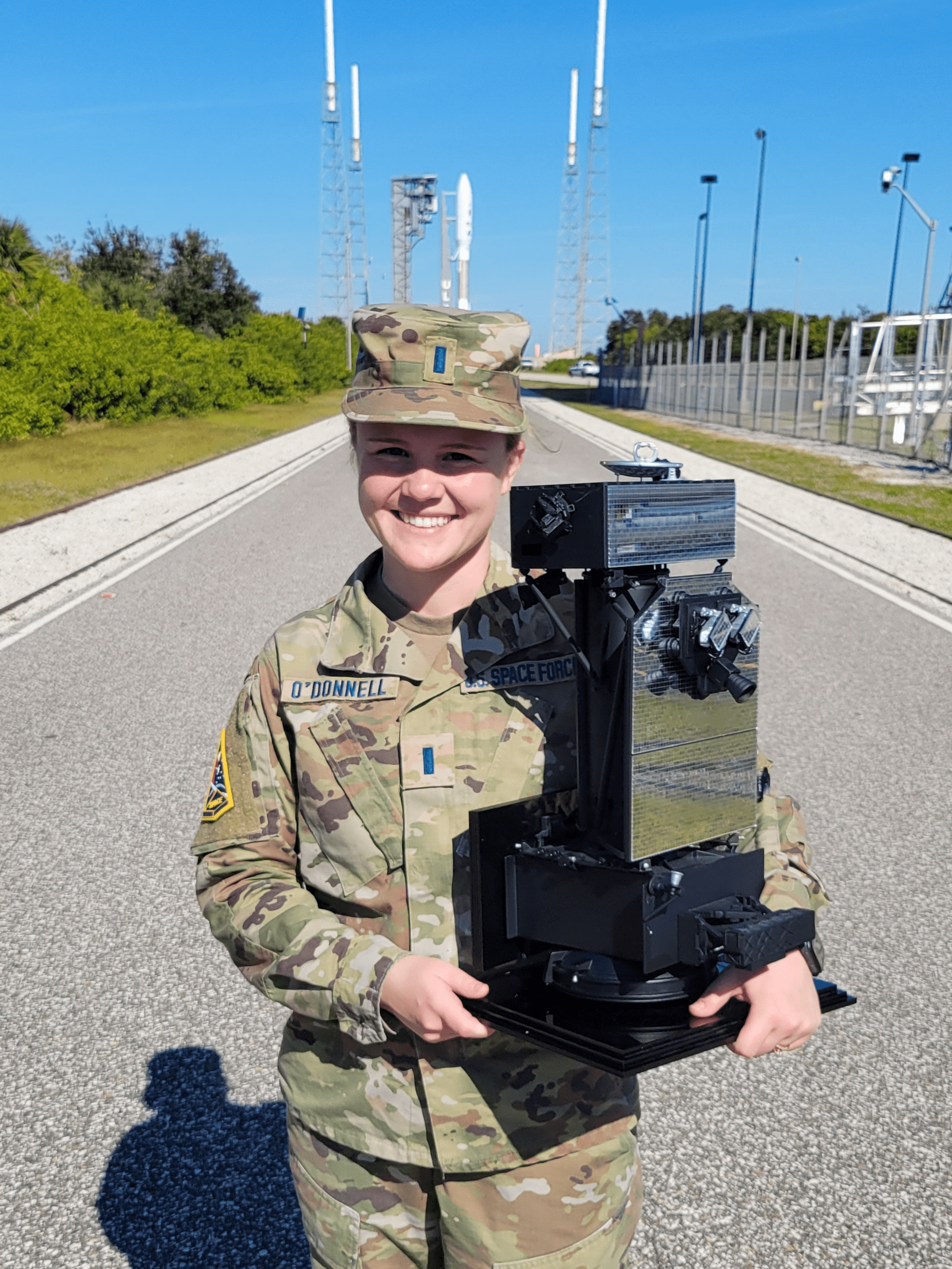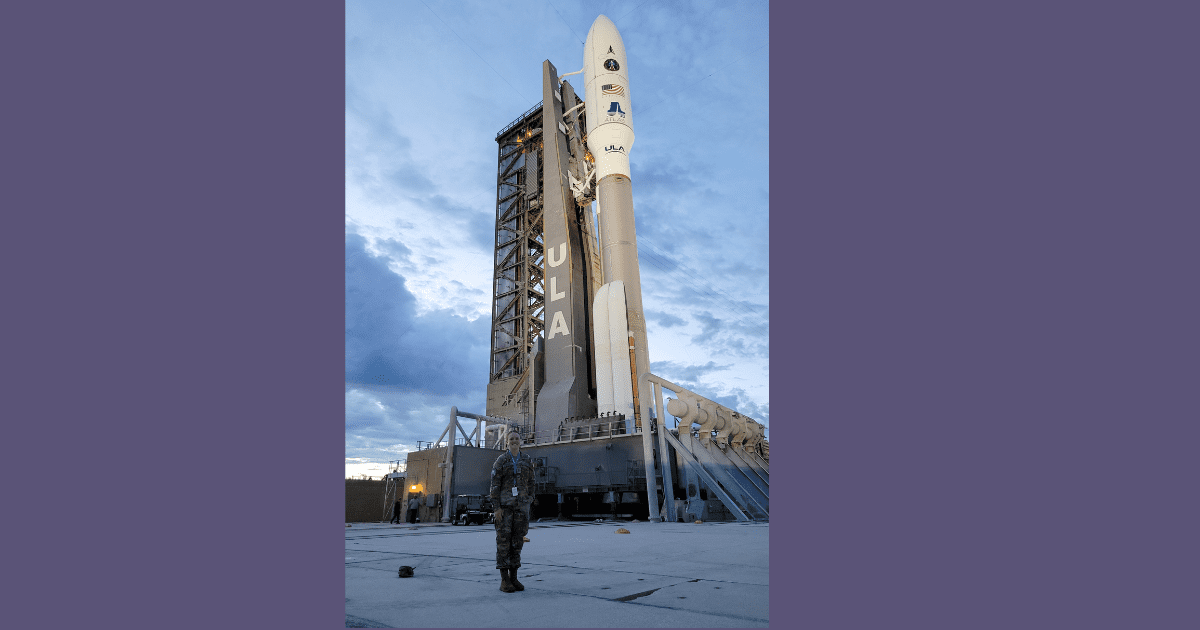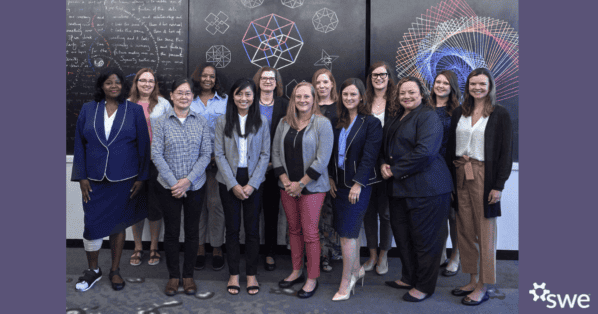Content sponsored by the U.S. Space Force
After growing up in a small town in northern Illinois, I knew there was more I wanted to do and see in this world. When I was trying to figure it all out, I was immediately drawn toward engineering because of my love of math and tinkering. I couldn’t afford college, so I looked for opportunities and found the Air Force Reserve Officer Training Corps (AFROTC). I was fortunate enough to get a scholarship and spent the next four years at the Illinois Institute of Technology studying mechanical engineering. Beyond my academics and cadet training, I also played Division III soccer and lacrosse. I learned how to manage my time well, thrive under pressure and made some extraordinary friends in the process.
The summer leading into my final year of college, I applied and got selected for an aptly named “Space Cadet Internship Program” down at Cape Canaveral working on satellite processing and mission assurance. That internship opened my eyes to what all goes behind getting satellites into space. This was my first time seeing a rocket launch, and I was immediately hooked.

I graduated and commissioned into the Air Force in 2019. Soon after, I packed up and drove out to Albuquerque, New Mexico, to start my career as a developmental engineer with the Department of Defense Space Test Program. I didn’t know what to expect, but I couldn’t have wished for a better assignment. I was a mission manager responsible for integrating research and development (R&D) payloads on launch vehicles. During this assignment, I became a part of the whole lifecycle of missions—everything from mission design, test, integration to launch and on-orbit operations.
Partway through, the 2020 National Defense Authorization Act was signed into law, creating the first new branch of the Armed Services in 73 years, the U.S. Space Force. I was then faced with another choice, ultimately taking a jump into the unknown by giving up my commission in the Air Force and recommissioning into the Space Force. I had already been one of the first “Space Cadets,” so it seemed like the next right step.
After three years in New Mexico, it was time to move for my next assignment. I was matched up with the Space Systems Command Assured Access to Space Engineering Functional out in Los Angeles. I was once again starting fresh—a new job to learn, new friends to make, a new place to call home. While it can be daunting, I was surrounded by the rest of the military community who understood exactly what I was going through. Here in Los Angeles, I am supporting the stand-up of a new mission area surrounding space access, mobility, and logistics. Additionally, I am leading a series of tabletop exercises exploring and identifying potential policies and procedures to deliver capabilities on orbit.
I know the military isn’t for everyone, but it has provided me with incredible experiences and connections that have set me up for success. I am proud of my service to the United States, and my advice is to be a part of something you are proud of. Also be proud of who you are as a leader; don’t be afraid to stick up for yourself and those around you. It can be scary to not know what the future holds, but your leadership skills and those opportunities that present themselves will take you far.
Author
-

SWE Blog provides up-to-date information and news about the Society and how our members are making a difference every day. You’ll find stories about SWE members, engineering, technology, and other STEM-related topics.






